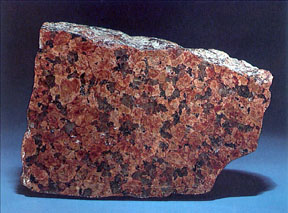This piece of granite contains crystals of quartz, feldspar, and mica. Click on the image to look closer at the mineral crystals!
Click on image for full size
Courtesy of Corel
Granite Rocks
As granite is an intrusive igneous rock, a close look at a piece of granite will reveal that there are crystals of common silicate minerals within it such as quartz, plagioclase feldspar and orthoclase feldspar. In fact, granite is made mostly of quartz and feldspar. It also may contain small amounts of mica minerals or other dark colored silicate minerals. Click on the picture to the left to take a closer look at granite!
Granite is the most common type of intrusive igneous rock that we have at the Earth’s surface. If granite forms deep within the Earth, you are probably wondering why we have so much of it at the Earth’s surface. Plate tectonics is responsible for moving rocks around the planet and for transporting rocks that were once deep within the crust to locations above ground, even high mountaintops. Uplift of the crust, caused by colliding continental plates, allows rocks that were once underground to be thrust up to the surface.
Because granite is very hard, it often used to make buildings, kitchen countertops, tombstones, and sculptures.
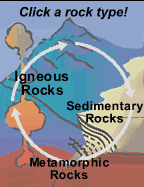
Last modified June 17, 2003 by Lisa Gardiner.
You might also be interested in:
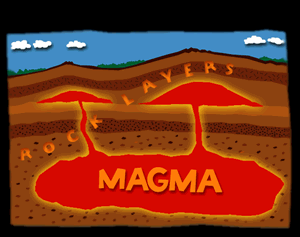
Intrusive igneous rocks, also called plutonic rocks, form deep below the Earth’s surface when magma, or molten rock, rises into a crack or an underground chamber within the Earth. The chamber is a little
...more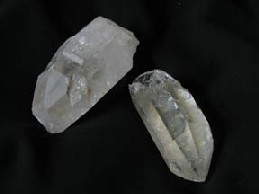
Quartz is the second most common mineral in Earth’s crust. It is a member of the quartz group, which includes less common minerals such as opal, crystobalite, and coesite. Silica (Si) and Oxygen (O) are
...more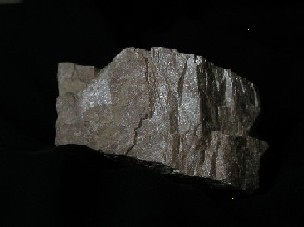
Feldspar is the most common mineral in the Earth’s crust, so you are very likely to find it in the rocks you collect! It is found it all of the three rock types, but is most common in intrusive igneous
...more
Mica minerals make some rocks sparkle! They are often found in igneous rocks such as granite and metamorphic rocks such as schist. They sparkle because light is reflected on their flat surfaces, which
...more
Many forces cause the surface of the Earth to change over time. However, the largest force that changes our planet's surface is the movement of Earth's outer layer through the process of plate tectonics.
...more
If you could travel to the center of the Earth, you would find that it gets hotter and hotter as you travel deeper. The heat is naturally produced by decay of radioactive elements. Within the Earth’s
...more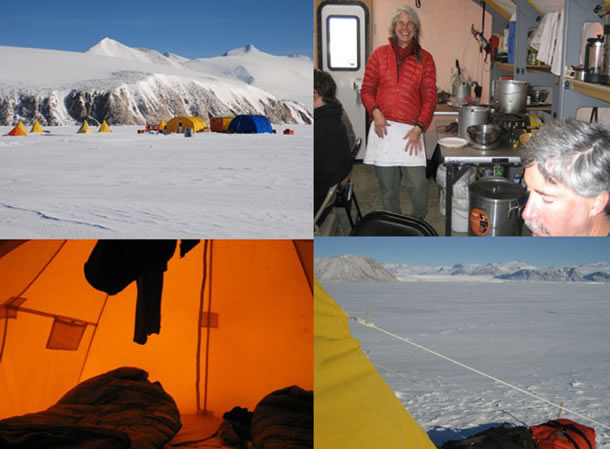
Organizing a science camp for a field party of twelve people to conduct research for six weeks in Antarctica seems like an insurmountable task. And yet, here we are. It took much planning and hard work
...more



